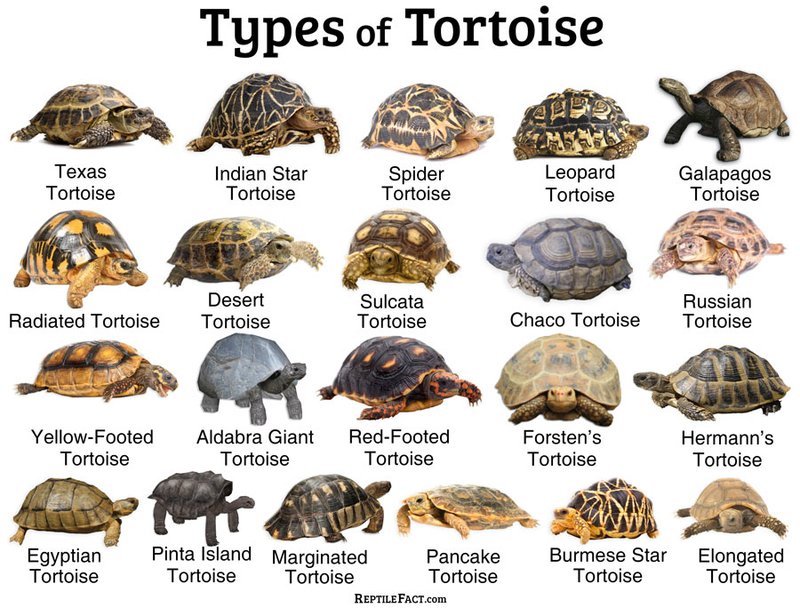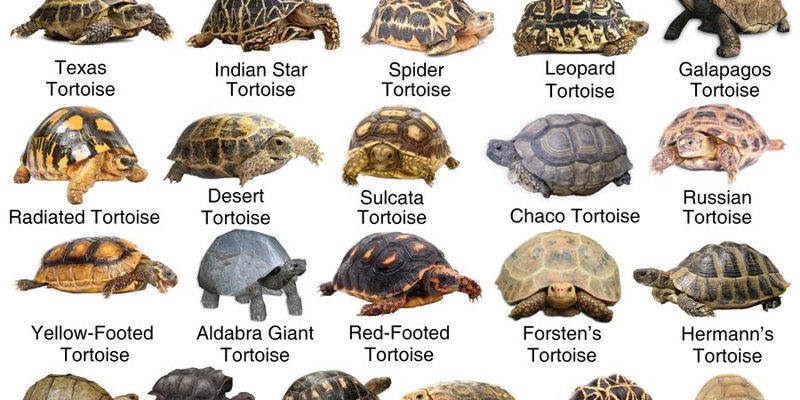
Tortoises can be elusive, often hiding in their shells or blending into their surroundings. But don’t worry! With a few tips and tricks, you can distinguish them from other wildlife. Whether it’s the way they move, their unique shells, or their behavior, learning to identify tortoises is simpler than you might think. So, grab your binoculars, and let’s dive into the fascinating world of tortoises!
Understanding Tortoise Characteristics
Before you head out on your tortoise-spotting journey, it’s essential to grasp the basic characteristics that define these remarkable reptiles. Tortoises belong to the family Testudinidae and are known for their distinctive hard shells, which serve as their protective home. Unlike turtles, tortoises are primarily land-dwellers, so they have adaptations that suit their terrestrial lifestyles.
One standout feature of tortoises is their shell shape. The shell comprises two parts: the upper part, called the carapace, and the lower part, known as the plastron. Tortoise shells are usually dome-shaped, which helps shield them from predators. This shape can vary between species, so observing the shell’s form can give you a clue about the type of tortoise you’re looking at.
Another important feature is their limb structure. Tortoises have thick, sturdy legs and feet that resemble those of an elephant, equipped to support their weight and help them carry out their slow-paced lives. If you spot a reptile creeping around with strong legs and a heavy shell, there’s a good chance it’s a tortoise!
Locating Tortoises in Their Natural Habitat
Now that you know what tortoises look like, let’s talk about where to find them. Tortoises thrive in various habitats, from arid deserts to lush grasslands and coastal regions. Understanding their preferences is key to locating them.
In arid environments, such as deserts, you might find tortoises burrowed into the sand or hiding under shrubs during the heat of the day. They are diurnal creatures, which means they are active during daylight hours. Early morning or late afternoon is the best time to spot them, as they may come out to bask in the sun.
If you’re exploring grasslands or forests, keep an eye out for tortoises near water sources. They may not swim like turtles, but they do need access to water for drinking. Walking along trails or edges of ponds can increase your chances of spotting these gentle creatures. Pay attention to areas where they might be munching on greenery or sunbathing on rocks.
Recognizing the Different Species of Tortoises
Did you know that there are many species of tortoises around the world, each with its unique characteristics? It helps to familiarize yourself with a few common types. For instance, the American Desert Tortoise is often found in the southwestern U.S. and has a smooth, oval-shaped shell. The Galápagos Tortoise, on the other hand, is one of the largest tortoise species and has a more domed shell with a varied diet that includes cactus.
Another notable species is the Box Tortoise, which is smaller and known for its ability to completely close its shell, providing added protection. This feature makes them quite distinct and easier to identify. When spotting a tortoise, consider its size, shape, and color, as these features can help narrow down the species.
Here’s a quick rundown of some common tortoise species and their identifying traits:
| Species | Habitat | Shell Characteristics |
|---|---|---|
| American Desert Tortoise | Deserts of the southwestern U.S. | Smooth, oval-shaped |
| Galápagos Tortoise | Galápagos Islands | Large, domed with a varied shell pattern |
| Box Tortoise | Woodlands and grasslands | High-domed and able to close completely |
Observing Tortoise Behavior
Understanding tortoise behavior can also help you identify and appreciate them in the wild. While they aren’t the quickest creatures around, they have some fascinating habits. For one, tortoises are generally solitary animals, preferring their own company unless mating season rolls around.
Tortoises are herbivores, primarily feeding on grasses, leaves, and fruits. If you see a reptile munching away at some vegetation, it’s likely a tortoise! They have a slow and deliberate way of moving, so take your time observing them. If they feel threatened, they can retreat into their shells, a defense mechanism that has served them for millions of years.
During hot weather, tortoises might be more active in the early morning or late evening. If you’re in an area known for tortoise populations, consider keeping an eye out during these times. Observing them during their feeding or basking habits can also provide you with delightful glimpses into their lives.
Safety Tips for Wildlife Observation
While the thrill of spotting a tortoise in the wild can be exciting, it’s essential to respect their habitat. Here are some tips to ensure a responsible and safe observation experience:
- Keep your distance: Never approach a tortoise too closely. Use binoculars to appreciate them without causing stress.
- Stay on marked trails: Protect their environment by sticking to designated paths and not trampling on vegetation.
- Do not disturb: If you find a tortoise, do not try to touch or move it. Leave it in its natural habitat.
- Avoid loud noises: Keep the noise levels low to avoid scaring them back into their shells.
You might be wondering about the impact of human activity on tortoises. Habitat loss and pollution can significantly threaten their populations. By being a mindful observer, you contribute to their conservation.
Embracing Your Tortoise-Spotting Adventure
As you embark on your tortoise-spotting journey, remember that it’s about more than just identifying these incredible creatures. It’s an opportunity to connect with nature and appreciate the slow, steady rhythm of the world around you. Whether you discover a tortoise basking in the sun or munching on a patch of grass, each encounter can be a reminder of the beauty of wildlife.
So, grab your field guide, head out with curiosity, and keep your eyes peeled for those remarkable little guys. Who knows, your next adventure might just lead you to a quietly grazing tortoise, allowing you to enjoy a moment of nature’s magic!
In conclusion, identifying a tortoise in the wild isn’t just about spotting a creature; it’s about engaging with nature. With some patience, knowledge, and respect for their habitats, you can have an enriching experience. Happy tortoise spotting!

